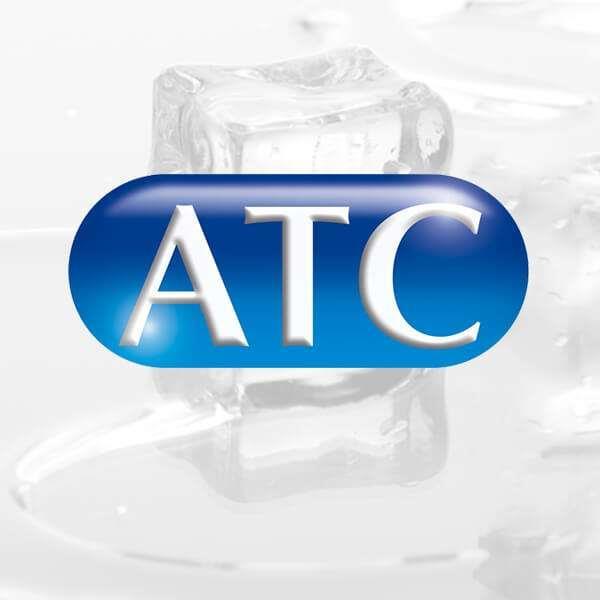
The choice of materials for the water circuit in a chiller
system depends on several factors, including the temperature range, fluid type,
and the pressure of the system.
In
general, plastic return lines may experience several issues when exposed to
temperatures above 140°C (284°F), including:
Softening or melting
- At
high temperatures, plastic materials can soften and lose their structural
integrity, leading to deformation, collapse, or failure of the return lines.
Chemical degradation:
- Some
plastics are prone to chemical degradation at high temperatures, which can
cause them to become brittle, crack, or break down over time.
Leaks
- High
temperatures can cause the plastic return lines to expand and contract,
potentially leading to joint failure or leaks in the system.
Reduces lifespan:
- Exposure
to high temperatures can accelerate the aging and degradation of plastic
materials, reducing their expected lifespan and potentially leading to
premature failure of the return lines.
Therefore, it is important to ensure that the water circuit
is rated for the specific temperature range of the system, and is installed and
maintained properly, to minimise the risk of failure or leaks. If the system
operates at temperatures above 65°C, it may be necessary to consider using a
high temperature water circuit.
In the absence of a high temperature water circuit, there
are some possible adaptations that can be made to protect plastic return lines:
Increase the flow rate:
- By
increasing the flow rate of the chilled water, more heat can be removed from
the process, helping to lower the return temperature.
Adjust the temperature set point:
- The
temperature set point of the chilled water leaving the chiller can be lowered,
which can help to reduce the return temperature from the process.
Add a heat exchanger:
- Installing
a heat exchanger in the water circuit can help to transfer heat from the
process to a secondary water loop, which can then be cooled by the chiller.
This can help to reduce the return temperature from the process.
Increase the cooling capacity of the chiller:
- If
the return temperatures from the process are consistently high, it may be
necessary to upgrade the chiller to a higher cooling capacity unit to effectively
remove the heat.